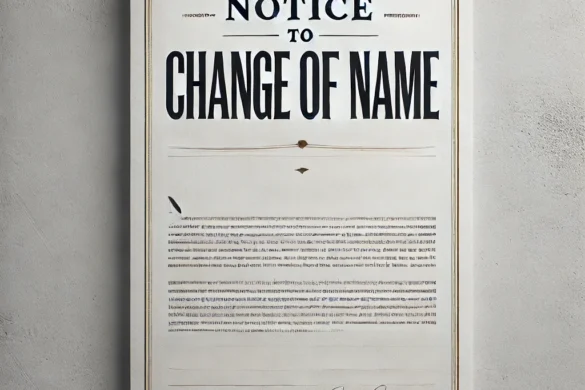Prof. Babatunde Rabiu, director, Centre for Atmospheric Research, Anyigba, Kogi, has said many cities will experience different degrees of obscurity of the sun during annular eclipse today.
Rabiu spoke yesterday during an interview with the News Agency of Nigeria (NAN) in Abuja.
He said a large annular eclipse would cover 97 per cent of the sun; it will last for three minutes and six seconds at the point of maximum eclipse in East Africa and other parts of the world.
According to him, Port Harcourt will witness highest obscurity of the sun, while Sokoto will witness the least obscurity of the sun.
“Different Nigerian cities, depending on location, shall experience different percentage of the sun’s coverage and eclipse duration between 7:13 am. and 10 a.m.
“The southernmost Port Harcourt shall have the greatest obscuration of 73.98, while the least obscuration of the sun (44.11 per cent) shall be recorded in Sokoto.“. An annular solar eclipse occurs when the moon’s apparent diameter is smaller than the sun’s, blocking most of the sun’s light and causing the sun to look like an annulus (ring).
“However, a solar eclipse occurs when the moon passes between earth and the sun, thereby totally or partly obscuring the image of the sun for a viewer on earth,” he said.
Rabiu added that first view in Nigeria would be seen around Lagos about 7:14:22 am. with maximum eclipse occurring at 7:26 am and terminating about 9:52 am.
He said 66.4 per cent of the sun shall be obscured in Lagos while the eclipse shall last for two hours, 38 minutes in the Southwest city.
“Anyigba (Kogi), Northcentral, shall experience 64 per cent obscuration of the sun between 7:16 am. and 9:59 am. ( 2 hrs, 43 minutes), while Maiduguri shall have 46 per cent obscuration between 7:23 am.-and 10:06 am, lasting 2 hours, 43 minutes,” he said.
Rabiu said Abuja would experience eclipse on Thursday between 7:16 am and 9:57am, lasting 2 hours 41minutes, while Kano would experience it between 7:19 and 9:54 am, for 2 hours, 35 minutes.
Similarly, Osogbo and Benin would experience the atmospheric development 7:15 am.- 9:53 am. (2 hours, 38 minutes); and 7:15 am- 9:53 am (2 hours, 38 minutes).
Rabiu said Tangayinka, Tanzania, would witness the highest obscurity of about 97 per cent for three minutes four seconds, saying the eclipse would be observed in other countries, such as Gabon, Madagascar and Mozambique.
He said the eclipse would occur between 6.13 am and noon local time.
Rabiu advised the public in the cities mentioned not to view the annular eclipse with the naked eye.
“The luminosity of the sun does not permit naked eye viewing, so the sun should always be viewed using proper solar viewing protection glasses at all stages of an eclipse,” he said.
The direcor said the next annular eclipse would be on Feb. 26, 2017, and shall be visible in Chile, Argentina (South America), Atlantic, Africa, and Antarctica.




